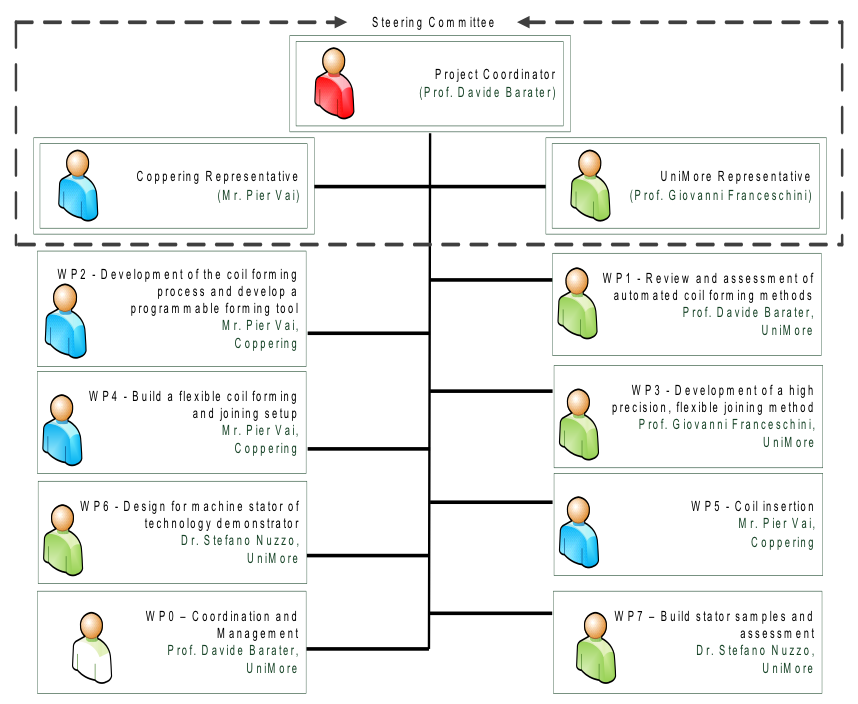In the last years, the need for high power density and efficiency has become a central concern in all industrial sectors. For this reason, the arrival on the market of new power devices based on wide bandgap (SiC and GaN) semiconductors, with extremely short switching times, has raised a relevant interest. Higher switching frequency enables higher fundamental operating frequencies of electrical machines, leading to smaller and lighter motors, generators and passive magnetic components.
Transportation industry is one of the main areas which can benefit of these advantages. However, to fully exploit these new opportunities, a number of challenges need to be addressed. In fact, as higher operating frequencies contribute to improve power density of electrical machines, they also reflect on increased power losses in windings, as well as faster devices commutations are known to trigger faster degradation of coil insulation and cause greater susceptibility to EMI.
Windings are currently a main bottle-neck for improved performance. Whilst techniques such as hairpin windings have been developed, these are often limited to solid bar conductors resulting in high alternate current (AC) losses and with limited flexibility to suit aerospace production requirements. To cope with the desire of operating at high fundamental frequencies (>1kHz), coils are often required to be multi-stranded with small cross-sectional areas or litz-wire to reduce power losses and with appropriate insulation to withstand the fast switching edges. This in turn leads to poor overall fill factors, large end windings, higher composite coil thermal resistance, higher losses and higher likelihood of winding failure.
New coil forming methodologies and fabrication techniques are required to mitigate these, as high reliable and power dense aerospace electromagnetic components require alternative coil winding manufacturing processes, which can deliver compact windings with high dimensional tolerances, high space fill factor and low losses.
Rapid market growth of full electric or hybrid transportation systems requires urgent advances in the development of novel solutions for :
- windings structures and cooling systems for improved power density and efficiency;
- modeling techniques and processes for high power density designs;
- materials for high frequency operation and increased power density;
- integrated solutions (machine and drive) for high power density and reliability.
In addition to these technological innovations, the project will also generate new knowledge in the following areas:
- High power and torque density electrical machine design.
- High frequency effects on winding insulation aging.
- Innovative cooling methods for electrical machines.
The project comprehends 7 work packages, reflecting different project stages. Each work package consists of two or more tasks and it is supervised by a Work Package Leader in charge of controlling the correctness of the work and respect of the timeline.

